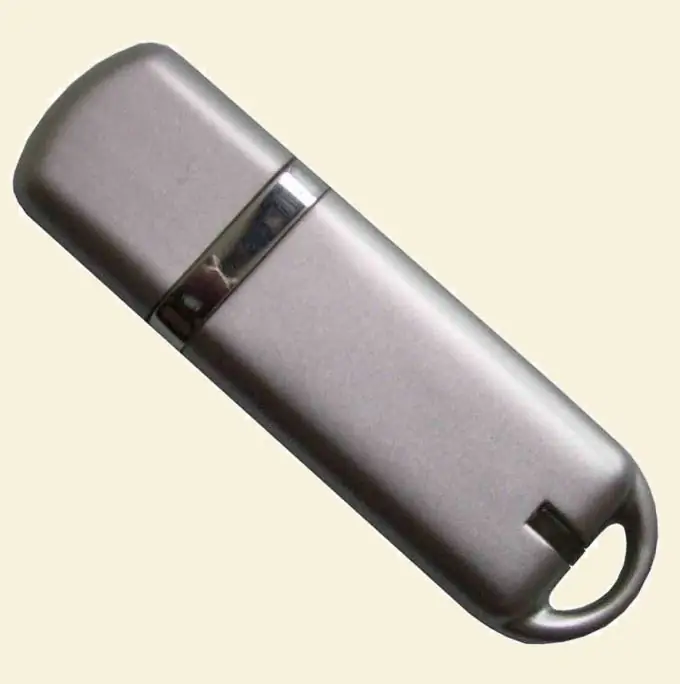Backing up files is a simple operation designed to protect information from loss or damage. None of the carriers of digital information can guarantee its complete safety. The reasons that can cause damage to the file can be physical destruction of the media, a power surge at the time of accessing this file, a virus attack or any malicious software that deliberately removes information from the media, even elementary human forgetfulness or negligence.

Instructions
Step 1
Select the location where the backup file will be stored. This can be a hard drive, DVD or CD-ROM, or write to any USB-compatible device.
Step 2
You can manually back up a file or an entire folder. Create a separate directory for the backup files on the medium that you have chosen to store the information. It is better to name it so that under any circumstances you know what is in it, in order to avoid accidentally deleting this folder. After every change to the primary file, just copy it to this directory.
Step 3
To eliminate the human factor and your own forgetfulness, you can use numerous special programs that are freely available to back up files. In any of them, you can set the copying parameters - specify the files or directories that need to be copied, their backup storage location and copying parameters: frequency, copy creation time and conditions under which the file should be copied. It makes no sense to copy all files every time, specify in the parameters that only those that have been changed in the current period should be copied. Copying will take place in automatic mode.
Step 4
To restore the original file, if necessary, just copy it to its original location from the backup media and rejoice at your foresight.






